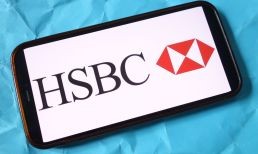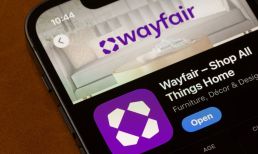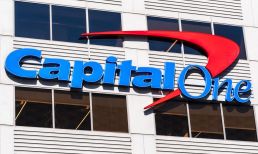For those who haven’t heard the news in question (hey, it’s been a busy week all around), here’s what happened, as covered by PYMNTS: Google said its users can now place restaurant orders right from Google Maps, Google Assistant or Google Search.
The function taps into partnerships with delivery companies, and consumers can order without downloading another mobile app. In Google Maps and Google Search, consumers can access an “Order Online” button that shows up when they look for a supported restaurant. They can then choose delivery or pickup and select the service through which they want to place their orders. For restaurants supporting the feature, the orders are completed via Google and Google Pay.
Food Retail Innovation
The Google news comes as the increasing value of mobile becomes ever more clear in the food service and food delivery world, especially in regard to the QSR sector. Solid evidence of that was provided during the recent first-quarter 2019 earnings season.
Take Shake Shack as an example of how mobile efforts are playing out in the real world of restaurants. Shake Shack stands as a broader example of a QSR operator that is trying to advance the digital frontier, in large part because it serves a customer base that is probably more digitally-focused than other QSRs: urban-based, largely millennial and demonstrably mobile order-ahead friendly.
Advertisement: Scroll to Continue
More specifically, during the first quarter of 2019, Shake Shack’s bets on mobile appeared to bring solid gains. The QSR’s revamped mobile app, as well as the addition of chicken offerings to the menu and warm weather in key areas, helped to boost customer traffic by 1.6 percent. The company has been working to improve its digital technology and delivery, and recently hired its first chief information officer, further underscoring the pace and importance of innovation in the world of restaurants.
The PYMNTS Restaurant Readiness Index also provides data and information that speak to the motivations of this new Google push, and the opportunities that come from bringing more digital and mobile tools and processes to food service and delivery. Among the findings is that 65 percent of QSR managers believe using apps to place orders delivers a positive customer experience. Not only that, but 92 percent of customers have a positive view of using an app to place a QSR order. That certainly stands as a big gap between manager and customer perceptions of the increasingly vital mobile channel – but no matter what, the trend is toward more mobile offerings when it comes to QSRs.
Connected Vehicle Ecosystem
The new Google offerings also speak to the rise of the connected vehicle ecosystem, a place where payments, commerce and mobile technology are coming together to create new or deeper opportunities for merchants and consumers. The PYMNTS Digital Drive report describes in depth the commerce potential of that ecosystem. For instance, commuters in 2018 spent some $62.3 billion on gas purchases, an amount that goes far in indicating the importance of making sure connected vehicles enable not only in-vehicle and mobile fuel purchases, but also navigation services, as well as loyalty and discount offers tied to such transactions.
Those consumers also spent $43.9 billion on groceries, $47.2 billion on other foods and $5.8 billion on parking – all types of commerce being targeted by the emerging connected vehicle ecosystem, and all of which require collaboration between the automotive, retail, payments and mobile sectors.
The PYMNTS research found that 64 percent of commuters have downloaded apps to help make such purchases, and that 38.5 percent of payments made during commutes were done via apps, with food and coffee having the highest rate of app-enabled purchases. “More than half of all connected commuters who ordered coffee for pickup at a drive-thru used apps to pay (54.1 percent), while slightly fewer commuters (48.8 percent) who ordered coffee near their workplace[s] to pick up [did] the same,” the report found.
Taken together, all those findings seem like a pretty good omen for such on-the-go services that focus on restaurants, as Google is doing.




